Filter Replacement – What Every Driver Should Know
Filters keep dust, dirt, and debris out of your engine, cabin, and fuel system. When they get clogged, you’ll notice slower acceleration, rough idling, or a weak air‑conditioning flow. Replacing them on time saves fuel, protects expensive parts, and keeps the ride comfortable.
How Often Should You Change Your Filters?
There’s no one‑size‑fit answer because mileage, driving conditions, and filter type matter. As a rule of thumb, change the engine air filter every 12,000‑15,000 miles if you drive on mostly clean roads. If you often travel on dusty country lanes, swap it out every 6,000‑8,000 miles.
The cabin (or pollen) filter usually lasts 20,000‑30,000 miles. You’ll feel the difference when the air‑conditioning smells stale or the airflow weakens. Fuel filters are tougher to spot; a drop in fuel efficiency or the engine stalling under load can mean it’s time for a new one. Check the owner’s manual for the exact intervals, but these guidelines give a good starting point.
DIY Steps for Replacing Common Car Filters
Most filter swaps need only basic tools—a screwdriver, a socket set, and a clean rag. Below is a quick walk‑through for the three filters you’ll replace most often.
Engine Air Filter: Open the air‑box cover (usually clips or screws). Pull out the old filter, tap it gently on the rag to dump debris, and drop the new one in, making sure it sits flat. Snap the cover back and you’re done.
Cabin Filter: Locate the filter housing—often behind the glove box or under the dashboard. Release the clips, slide the old filter out, and note the arrow that shows airflow direction. Insert the new filter the right way, close the clips, and you’ll notice cleaner air right away.
Fuel Filter: This one can be a bit messier. Relieve the fuel pressure first (consult your manual or a quick video). Place a container under the filter, loosen the fittings, and let the old filter drain. Fit the new filter with a fresh seal, tighten the fittings, and prime the system by turning the ignition on for a few seconds before starting the engine.
After any replacement, start the car and listen for unusual noises. A short test drive will confirm everything runs smooth. If you notice persisting issues, it might be time to have a professional look at the system.
Keeping a small stock of filters in your garage can save you trips to the shop. Most auto parts stores carry generic brands that fit a wide range of models, and they’re inexpensive compared to dealer parts. When you buy, match the filter size and type to your vehicle’s specifications—usually listed on the old filter or in the manual.
Finally, remember that a clean filter isn’t just about performance; it’s a safety thing too. A blocked air intake can cause the engine to overheat, and a clogged fuel filter can lead to stalling in traffic. Regular checks—once every oil change or at least twice a year—keep you ahead of problems.
So, set a reminder, grab the right filter, and swap it out. Your car will thank you with better fuel economy, smoother rides, and fewer costly repairs.
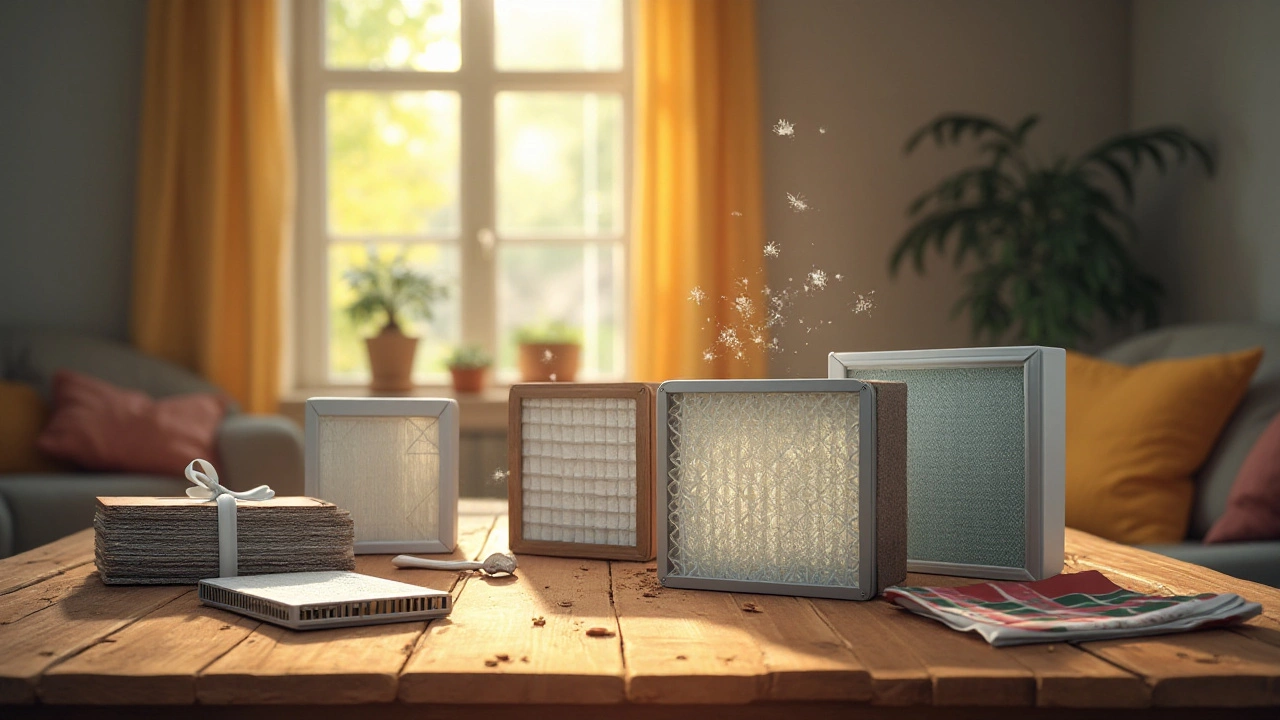 1 February 2025
1 February 2025
How to Clean Your Home Air Filter: Step-by-Step Guide
It's a common question among homeowners: Can we clean our air filters rather than replacing them? While some air filters are designed to be disposable, others can be cleaned to extend their lifespan. Discover practical tips, know when to clean or replace, and learn how to maintain air quality at home effectively in this insightful guide.
 2 January 2025
2 January 2025
How to Identify a Faulty Air Filter: Simple Tips and Tricks
Discovering how to tell if an air filter is bad is crucial for maintaining a healthy indoor environment. Air filters play a vital role in trapping dust, allergens, and contaminants, preventing them from circulating in your home. This article will discuss common signs of a failing air filter and offer simple diagnostic tips. Learn how to check your air filter and understand maintenance schedules to ensure your HVAC system functions efficiently.

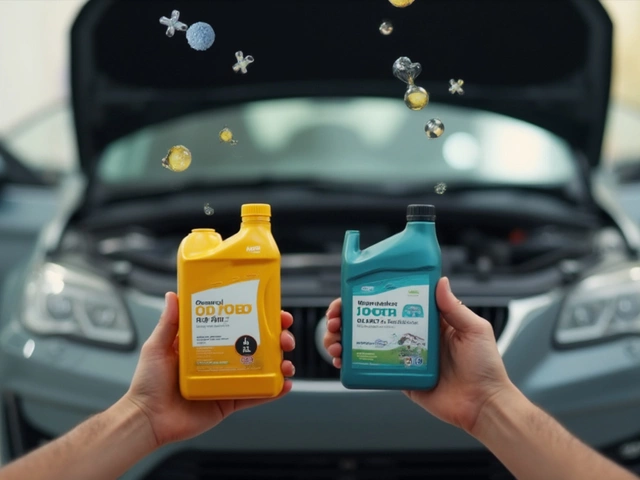

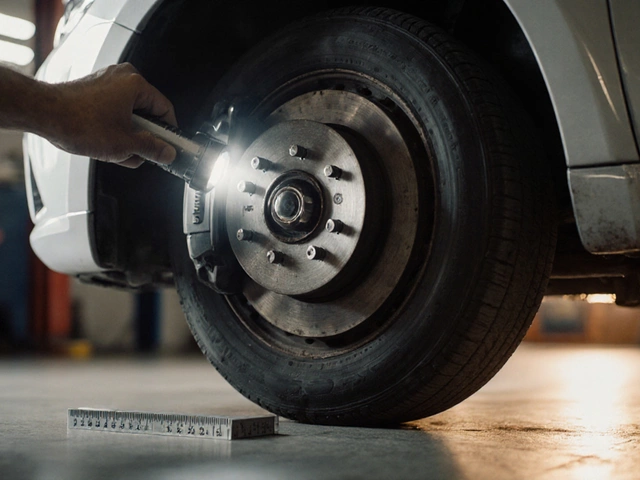
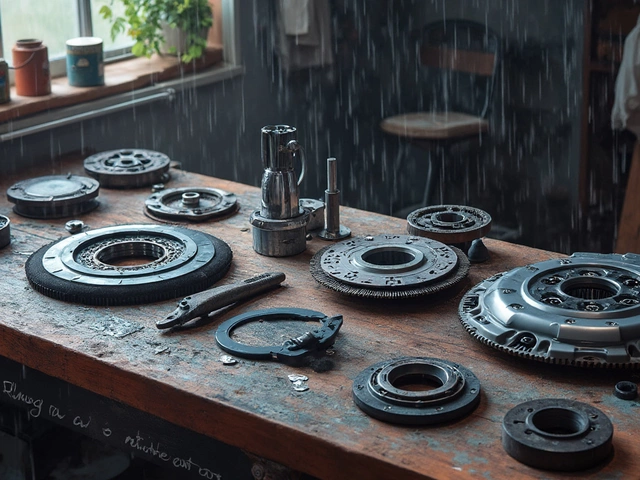
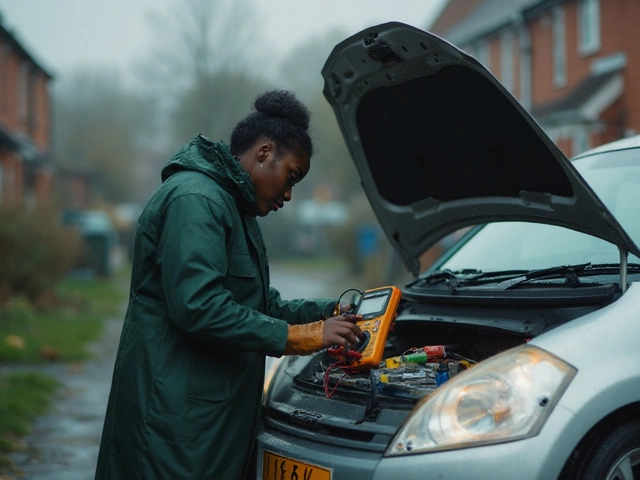
0